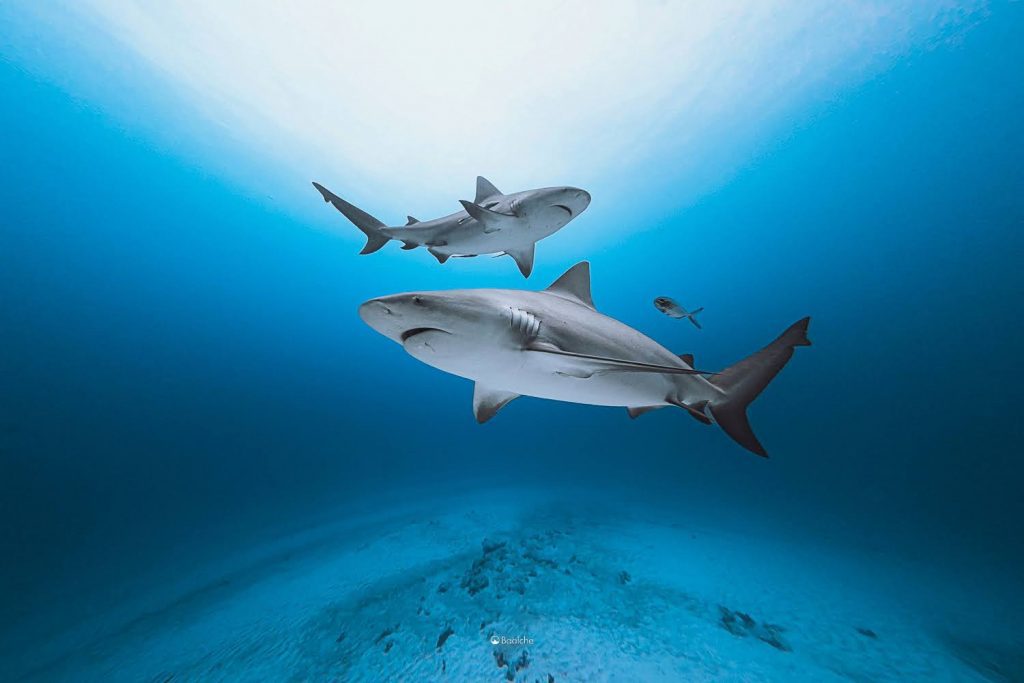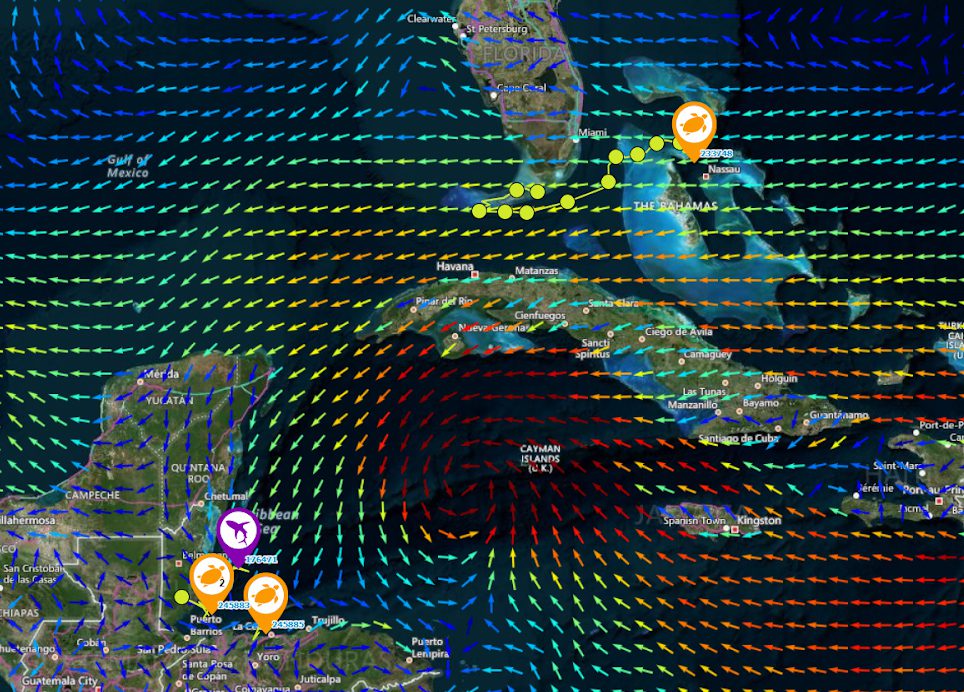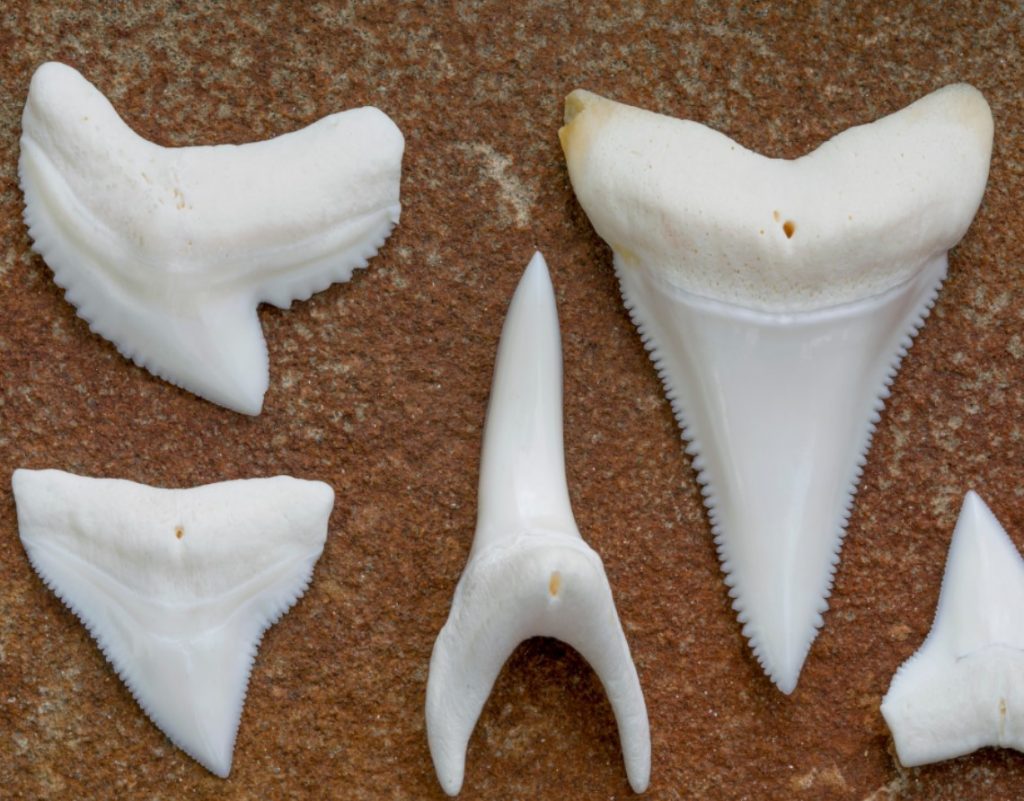Most of what we know about sea turtles comes from our observations of them during the nesting season, when females come back to land to lay their eggs. Although they are dependent upon beaches to reproduce, did you know that sea turtles actually mate while at sea? Males never come ashore.
Once the females have laid their eggs, they return to the ocean, often to undertake vast migrations to feeding grounds in other parts of the world. We know this through studies where nesting females have been outfitted with satellite tags and tracked for several months at a time. Flipper tags are often used to monitor how often a female will return to their nesting beaches, or serve as an identification number when these turtles are observed again anywhere in the world, and provide valuable information on their movements. As males spend their entire lives at sea, this provides little opportunities to tag and study their movement patterns, and that is why we know relatively little about them.
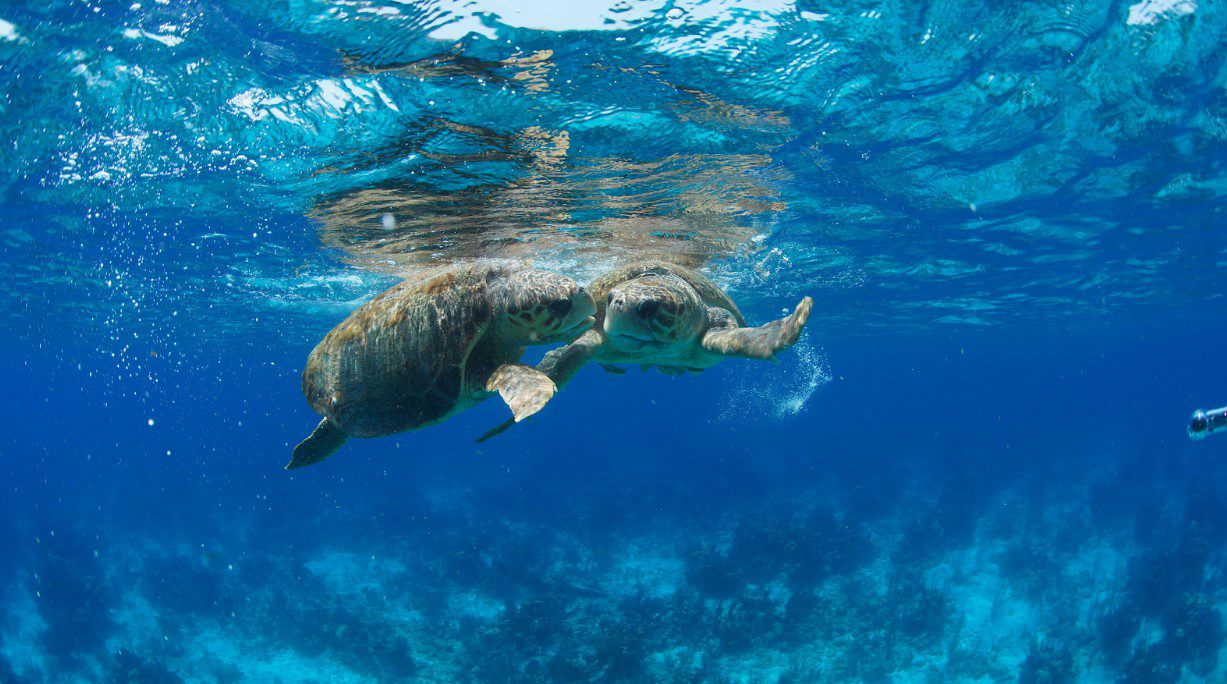
Loggerhead turtles (Caretta caretta) occur world-wide in subtropical and temperate regions of the Mediterranean Sea, Pacific, Indian, and Atlantic Oceans. In the western Atlantic Ocean, adult males and females can be observed mating in the waters close to the nesting beaches during the summer months. Adult female loggerheads return to the beach where they were hatched, likely making the journey to mate and lay eggs every one to four years over a distance of thousands of miles.
The Caribbean region is renowned for hosting vital nesting sites for loggerhead turtles, a fact well-documented in numerous studies. Many of these beaches have been identified and are subject to monitoring efforts, primarily focused on assessing the nesting population of females and the success of hatchings. However, there exists a significant gap in knowledge concerning male loggerhead turtles, despite their crucial role in the reproductive process.
During the mating season, females engage in multiple mating encounters with various males. They construct more than one nest, interspersing these activities with visits to the beach to deposit their eggs. The reproductive behavior of male loggerhead turtles remains a subject of limited information. To address this gap, our ongoing research concentrates on unraveling the spatial ecology of male loggerhead turtles, aiming to provide answers to essential questions surrounding their activities and behaviors.
Our ongoing research on the spatial ecology of males of the species is aimed at answering some of the questions we have:
- Due to climate change, many nesting beaches are producing mainly females as sex determination is dependent on sand temperature. Will this reduction in the number of males within the population have significant impacts on reproduction and survival of the species?
- We know that females migrate over long distances, but we don’t know if males also follow the same patterns. How far and how often do they migrate: annually or every few years like the females do?
These are big questions that need answering if we are to fully understand the population dynamics of all species of sea turtles, not only loggerheads. We seek the answers to enable resource managers to develop well-informed management actions for species survival and in some cases rewilding.
With an initial two years of tracking data on males, MarAlliance has begun to paint a picture of movement patterns within the region not previously known. These new insights highlight how connected our populations are within the MesoAmerican region as we continue to learn more about the previously unknown lives of male loggerhead turtles.
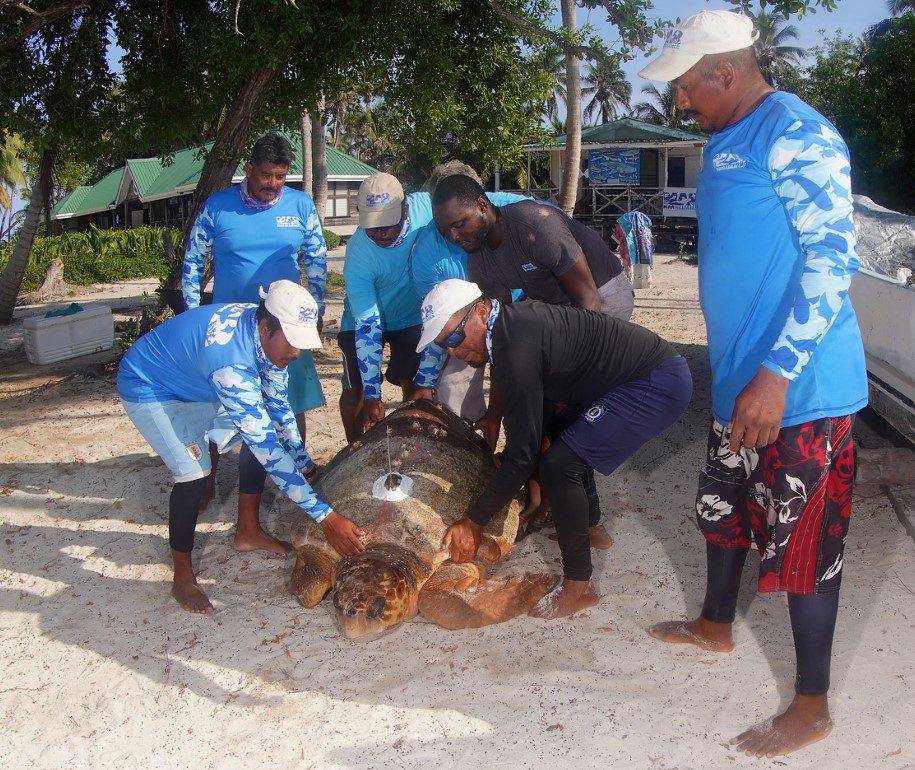
Our tracking platform offers a snapshot of the diverse sea turtle individuals we are studying, including both males and females. Immerse yourself in the dynamic world of marine conservation and discover the critical information gathered through our satellite tracking efforts by exploring the interactive map and be part of the ongoing mission to monitor and protect these majestic sea turtles by adopting one!

